The Job Of The Engine Company Chauffeur – Part 2
In Part 2 we expanded on the roles and responsibilities the driver has as part of the engine crew. Today we will discuss additional duties and why they are important to a successful operation. These duties can be reinforced via drills and training.
The engine driver must know his first due area. There is no excuse for a chauffeur to not know where he is going when he leaves the firehouse. A company officer has enough to do on a way to an alarm than worry about having to take a map out and help the chauffeur out with his responsibilities.
It won’t happen overnight however a conscientious driver will take the time to know his area and have a reasonable knowledge of where the water is as well. If he has it together he can actually remove some burden on the officer by placing the apparatus correctly at a scene. He knows to pull past the building to leave room for the ladder, he knows to block traffic for his crew at a motor vehicle accident and he knows to lay in or to back stretch when it’s needed. As a company officer I always found it frustrating if I had to instruct the chauffeur where to place to the rig while I was trying to get a look at the scene for a size up.
Finally, we have to touch on the obvious important job…WATER.
The engine company chauffeur MUST be competent at starting and maintaining water to the crew on the hose line. They should stop the rig, drop it into pump and be ready to go by the time the hose line is done being stretched.
All too often I see inexperienced chauffeurs rushing to complete this task.
Take a breath, you have plenty of time!
Don’t become overwhelmed, you might make a mistake. Start the crew on tank water and establish your water supply. If you are close to a hydrant you can complete this task yourself. If you have laid in you should have another firefighter at the hydrant and all you have to do is complete the connection at the rig (assuming this is how you do your water supply).
Don’t forget to refill your tank with water before you switch over to the hydrant! If for some reason you were to lose hydrant water you can pull the tank to pump lever and be back in business and your crew has water to back out with. Be prepared for how to handle emergencies, train them to remember that the lives of the guys on the other end of that hose line are relying on them to keep the water flowing.
As you can see, there is a considerable amount of responsibility that goes along with driving an engine. I have spent a bit of time “behind the wheel” and it was always something I enjoyed to do. Progression up to this position in my opinion is something every firefighter should attain. It will not only benefit the department by gaining an additional chauffeur but will benefit you as a firefighter with the added knowledge and experience that you will gain.
Part 2 of 2
Part 1 link: https://firefightertoolbox.com/job-engine-company-chauffeur-part-1/
Cover and Feature Photos Courtesy: Steve Silverman

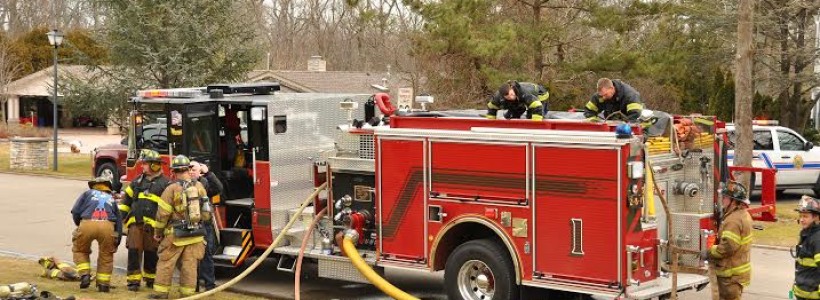
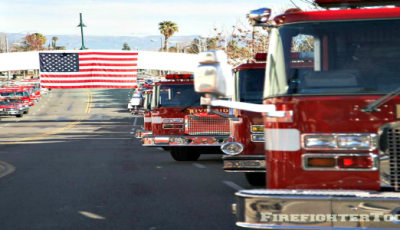
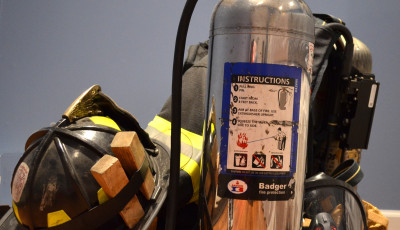
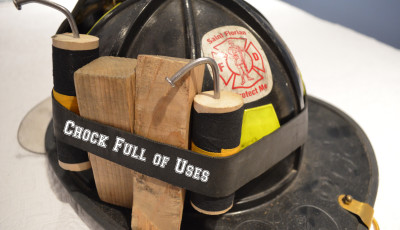
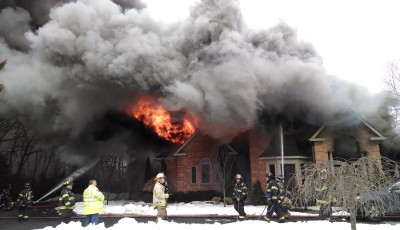
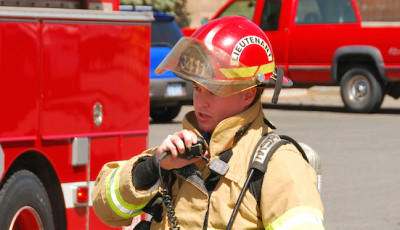
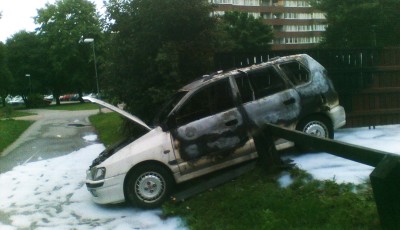




If given the opportunity to drive past the fire building to leave room for the truck that also gives you a 270* degree look at the house so you can keep an ear out for your crew for RIT.
Yes, it does. As well as giving your officer and crew a good look at the building to begin their size up. Thanks for reading, and thank you for leaving a comment!